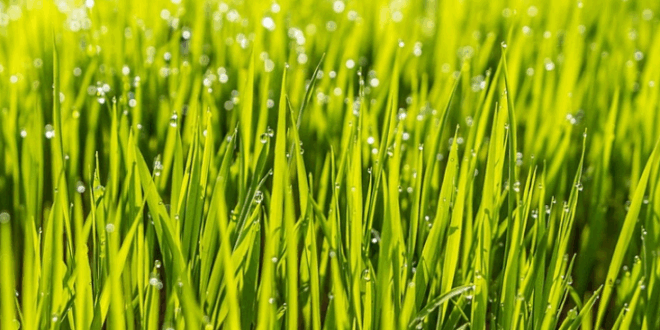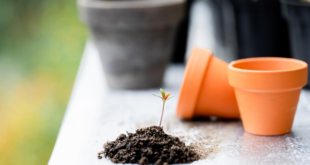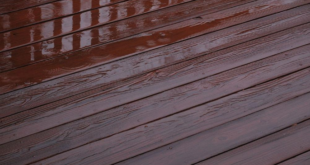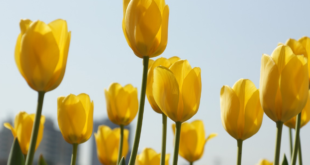If you’ve been staring at your garden and wondering why the grass isn’t shooting up like it normally does, you’re not alone. Across many parts of the UK this summer, homeowners are noticing that their lawns are looking patchy, slow-growing, or even turning brown. So what’s behind this slowdown in growth?
1. Weather Extremes
Grass growth depends heavily on consistent rainfall and moderate temperatures. This summer has brought periods of unusual weather—whether it’s extended dry spells, heatwaves, or sudden heavy downpours. Too little rain leaves the soil dry and hard, stunting root development. Conversely, sudden downpours don’t always soak in; they often run off the surface, leaving lawns thirsty.
2. Heat Stress
Grass grows best in mild conditions (between 10–25°C). When temperatures soar above that, growth slows dramatically. Instead of pushing out new green shoots, the grass goes into survival mode, conserving energy and moisture. That’s why many lawns have taken on a yellow or brown tinge in the hottest weeks.
3. Soil Compaction
Dry conditions make soil more prone to compaction, especially in gardens where children play or foot traffic is high. Compacted soil squeezes out air pockets and makes it harder for water and nutrients to reach the roots, further limiting growth.
4. Lack of Nutrients
If lawns aren’t fed during spring and summer, they can run low on essential nutrients like nitrogen, which fuels leafy growth. During a stressful summer, this deficiency becomes more obvious: the grass weakens, grows slowly, and is more easily overtaken by weeds or moss.
5. The Natural Growth Cycle
It’s worth remembering that grass has natural peaks and troughs in its growth cycle. Spring and early autumn are typically the strongest growth periods in the UK, when conditions are cooler and wetter. Mid-summer, even in a normal year, can bring a natural slowdown.
What Can You Do?
- Water wisely: If rainfall is scarce, give lawns a deep soak once or twice a week rather than little and often. This encourages deeper rooting.
- Raise the mower blades: Cutting grass too short stresses it further. A slightly longer cut helps shade the soil and retain moisture.
- Aerate compacted patches: Spiking the soil allows water and air to reach the roots.
- Feed the lawn: A summer lawn feed can boost nutrients, helping recovery when conditions improve.
The Good News
Most lawns are tougher than they look. Grass has an incredible ability to bounce back once cooler, wetter weather returns in late summer or early autumn. Even brown, dormant lawns usually green up again without re-seeding once the stress passes.
So if your lawn feels lifeless this summer, don’t panic—it’s likely just nature pressing pause. With a little care and patience, those green shoots will return.
 Gardeners Club The Gardeners Club is a free to join online club for everyone with an interest in gardening and gardens.
Gardeners Club The Gardeners Club is a free to join online club for everyone with an interest in gardening and gardens.






